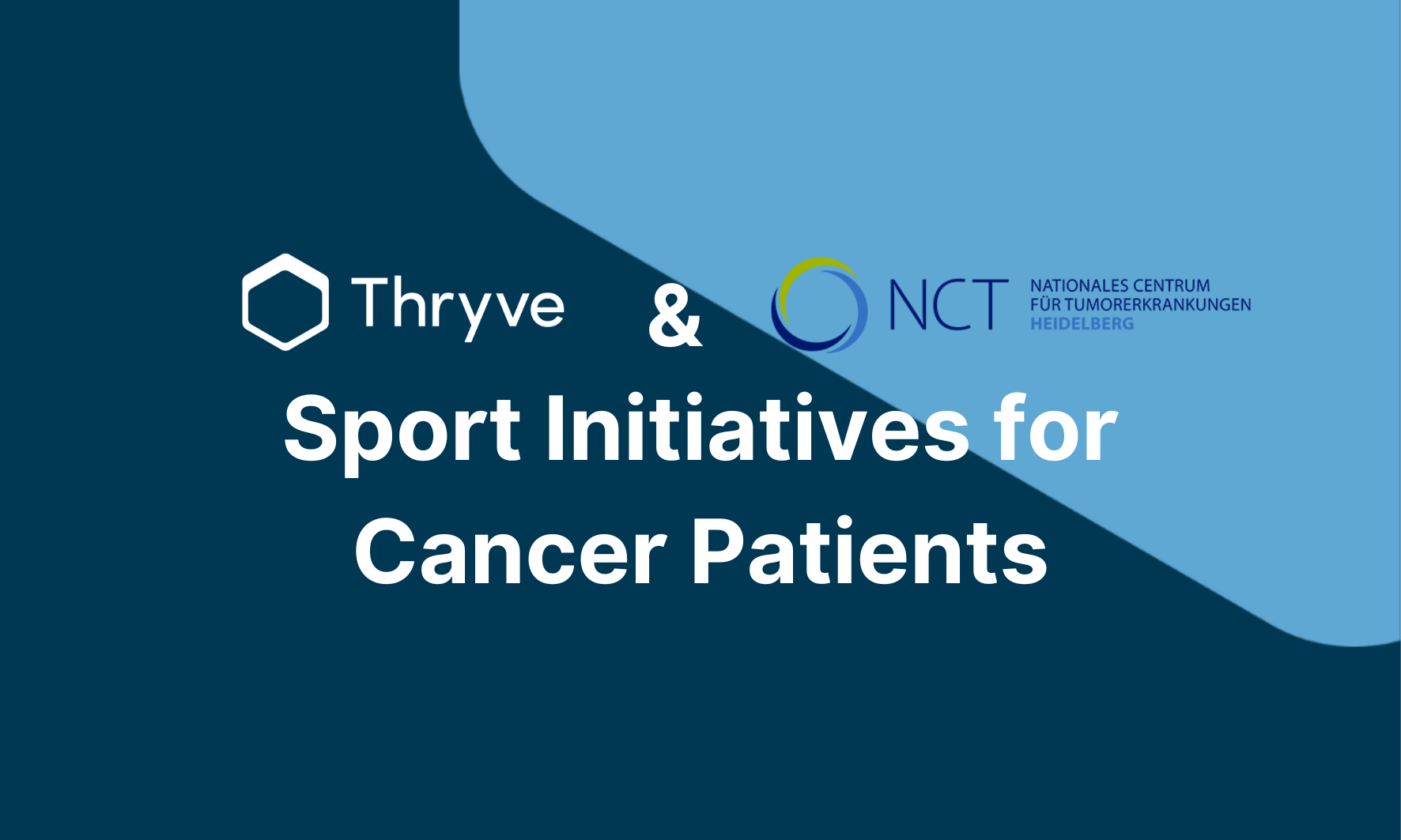
It’s well known that cancer patients who stay active can live longer, experience fewer recurrences, and tolerate treatments better. But for years, exercise was seen as optional or even discouraged during chemotherapy. "Sport nach Krebs" (Exercise after Cancer) is flipping that narrative. Developed through the oncological exercise therapy group at the National Center for Tumor Diseases (NCT) Heidelberg, this initiative integrates structured physical training into oncology care. To realize its potential at scale, the program required more than trainers and treadmills; it needed a secure, connected health infrastructure. That’s where Thryve came in.
The "Sport nach Krebs" initiative, led by Dr. Joachim Wiskemann and the AG Onkologische Sport- und Bewegungstherapie at NCT Heidelberg, aims to embed exercise into every stage of cancer care, before, during, and after treatment. The program is based on clinical trials and meta-analyses demonstrating that physical activity can reduce cancer-specific mortality by up to 41% and improve overall survival by up to 48%. Furthermore, structured exercise improves quality of life, reduces fatigue and depression, and increases therapy tolerance.
But turning clinical insight into standard practice means building a system that scales beyond individual centers. NCT and its partners needed a way to connect data from patients’ training programs with treatment teams, monitor compliance, and secure outcomes data for long-term evaluation. Thryve provided the secure digital infrastructure to support this.
While the benefits of exercise in oncology are scientifically established, practical implementation at scale faces persistent barriers:
To meet these challenges, "Sport nach Krebs" integrated Thryve’s health data platform as part of its exercise monitoring and evaluation framework. Thryve enabled:
With Thryve’s support, the program moved from siloed, paper-based logs to a connected model where training behavior informs therapy decisions.
The program shows that embedding exercise into oncology care is not only possible but essential:
By pairing world-class clinical science with robust digital infrastructure, "Sport nach Krebs" is transforming cancer care into a model that moves with the patient, powered by data, science, and movement.